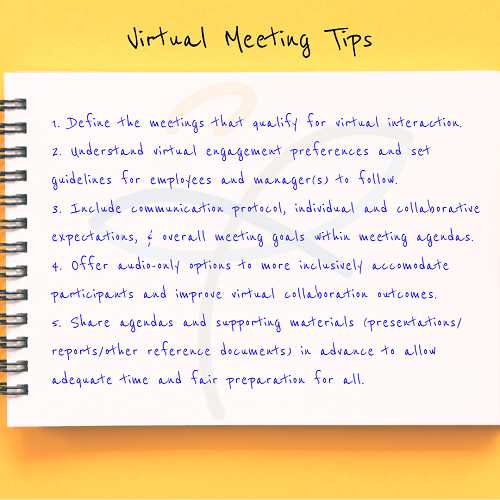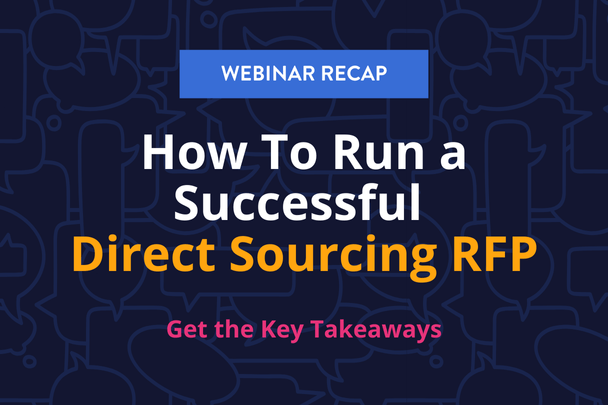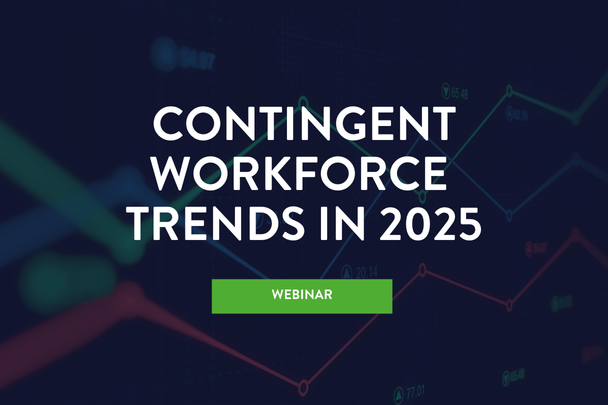There is a lot going on at work today. We are all adapting to significant social and economic changes that effect our work and daily lives. As stress and anxiety levels continue to rise, employee burnout is a serious threat to the workforce. With U.S. job openings at a record high, many are taking advantage of the current job market to improve their quality of life. In fact, recent survey data from Monster.com indicates that a staggering 95% of employees are considering leaving their jobs. Burnout and lack of growth opportunities are the top two motivating factors cited among those contemplating career moves.
Whether for financial gain, industry change, or in pursuit of work-life flexibility, people are putting themselves ahead of business priorities. If you don’t want valuable employees making external career moves, it’s time to evaluate engagement within your workforce. Especially if you’re operating in a newly remote or hybrid capacity, pay close attention to signs of employee burnout.
Increased Digital Demands Compounding Worker Exhaustion
While there are a number of digital tools that can help you motivate employees, increasing amounts of screen time and technology overwhelm can negatively impact employee wellbeing. Despite all the conveniences virtual reality offers us, our growing digital environments can also lead to extreme fatigue. Technology is connecting us to one another from the convenience of wireless devices, cell phones, and in the comfort of our own home. However, being virtually at work 24/7 is overwhelming, to say the least.
There are a lot of digital factors that weigh on our overall wellbeing. and can cause headaches, insomnia, anxiety, depression, and more. As HR leaders identify new ways to support more comprehensive wellness at work, it’s important to navigate virtual engagement carefully. Burnout happens when people feel like they have nothing left to give.
4 Digital Precautions to Avoid Employee Burnout:
1. Multitasking
Believe it or not, digital systems don’t always add efficiency. In addition to the social drain many employees are experiencing from today’s increased digital demands, workforce innovation and technology is intensifying feelings of overwhelm. Especially in virtual settings, it’s important to limit the number of tasks employees are asked to perform simultaneously. You see, science tells us that multitasking is not really a thing. In fact, it’s a common misconception that can lead to rapid employee burnout. Unfortunately, our brain can’t actually do multiple things at the same time.
When a person is “multitasking,” they are simply completing separate actions more quickly. At work, that could mean they’re sacrificing quality for quantity. Especially when stress is already apparent, employees can become exhausted very easily at work. While people can potentially accomplish two or more mindless tasks at the same time, we certainly don’t want to encourage mindlessness at work. It can happen when workers feel overloaded. When it comes to workplace engagement and meeting expectations, virtual or not, be sure to leave employees with the brain power they need to think through the rest of their day.
2. Engaging Technology
Technology engages our brains differently. Computers are digital devices. We are not. There are conflicting opinions about the precise way our minds operate. Rather than computing input digitally, human beings, at least to some degree, are analog. We sense information and process it as it through our human systems. When trying to keep pace with digital demands, human brains tend to tire much more quickly. Take video conferences, for example. In addition to navigating the tech and participatory guidelines, there are sights, sounds, and technical snafus that trigger many of your senses. All the stimulation required for input processing can reduce your capacity to return quality output (because multitasking!).
Let’s say virtual mediums are people who love to eat pizza, and our brains are a delicious NYC pie. Now, imagine a slice of pizza-rific brain power being consumed with every virtual task you juggle. Even if the tasks are simple (1/2 a piece of pie), you’re going to run out of slices pretty quickly. That means you’re bringing an empty pizza box to your meeting (womp womp). To prevent digital overload from causing employee burnout, make sure you fully evaluate employee workflows before incorporating technology. Consider what traditional expectations a new digital application can replace.
3. Mental Health
Even the most extroverted, tech-savvy people admit that taking notes, asking intelligent questions, and/or presenting information during video meetings is a challenge. For introverts, ambiverts, and those diagnosed with Attention Deficit Hyperactivity Disorder (ADHD), Post Traumatic Stress Disorder (PTSD), Autism and Generalized Anxiety Disorder, the sensory overload can lead to extreme exhaustion, compounded anxiety, panic, and more. In the workforce, that could lead to physical illness, absenteeism, and employee burnout.
Neurodiversity is a competitive advantage. We just need to help more people see it that way . Unfortunately, there can be stigma associated with mental health and disabilities at work. Employees don’t always feel comfortable disclosing these conditions. Sometimes, an employee may not be aware of their neurological difference, or that reasonable accommodations exist to support them. With education and frequent communication, employers have the opportunity to address the stigma and improve business results.
4. Communication Etiquette
 While everything surrounding communication is progressing, fundamentally it’s unchanged. Therefore, it’s critical to understand modern communication etiquette. We are moving faster than ever. However, it’s imperative we make time for good form. Virtual meetings are no exception. When communicating with applicants, employees, clients and other business stakeholders, a clear understanding of the meeting expectations and goals is necessary to foster psychological safety in virtual settings. If you’re onboarding employees remotely, think through the communication protocol that exists for in-office employees. Whether you rely on your own creativity or our virtual orientation template, a stand-out candidate experience is easier than you might think.
While everything surrounding communication is progressing, fundamentally it’s unchanged. Therefore, it’s critical to understand modern communication etiquette. We are moving faster than ever. However, it’s imperative we make time for good form. Virtual meetings are no exception. When communicating with applicants, employees, clients and other business stakeholders, a clear understanding of the meeting expectations and goals is necessary to foster psychological safety in virtual settings. If you’re onboarding employees remotely, think through the communication protocol that exists for in-office employees. Whether you rely on your own creativity or our virtual orientation template, a stand-out candidate experience is easier than you might think.
With all the informalities of today’s virtual world, it’s important to maintain our communication formalities. If you wouldn’t show up at someone’s house uninvited, you don’t want to virtually drop-in on them either. Let’s face it. Despite our sincerest niceties, unplanned communication happens from time to time. When it does, it’s best to rely on phone or email. Just as you would when requesting an in-person meeting, ask for facetime within those communications, if you find it is necessary.
Since video engagement can stress our cognition in subtle ways, it’s vital to give people’s minds time to prepare. Whatever interaction (if any) existed prior to the nuances at work today should be maintained. If you were having in-person meetings, you may want to consider a scheduling video meetings in their place. Just remember, audio-only is a better option for deep listening. Consider leveraging video applications for informal engagement goals rather than those that demand output and/or critical thinking.
When operating in a remote or hybrid work environment, it’s important to reduce the potential for digital overload. In any work environment, you don’t want listening, socializing, note taking, or presenting to feel cumbersome. Pay attention to the increased distractions that come from engaging virtually. Things like connection issues, sound interference, unplanned interruptions, and appearances can divert our attention easily. Especially for employees who may already work extra hard to focus, you want to alleviate any added stress. Small things add up quickly and can result in employee burnout. To produce the quality work your business needs and support the wellbeing of your workforce more inclusively, place limits on virtual demands.











